Ease Separation Anxiety In Dogs With These Comforting Tips
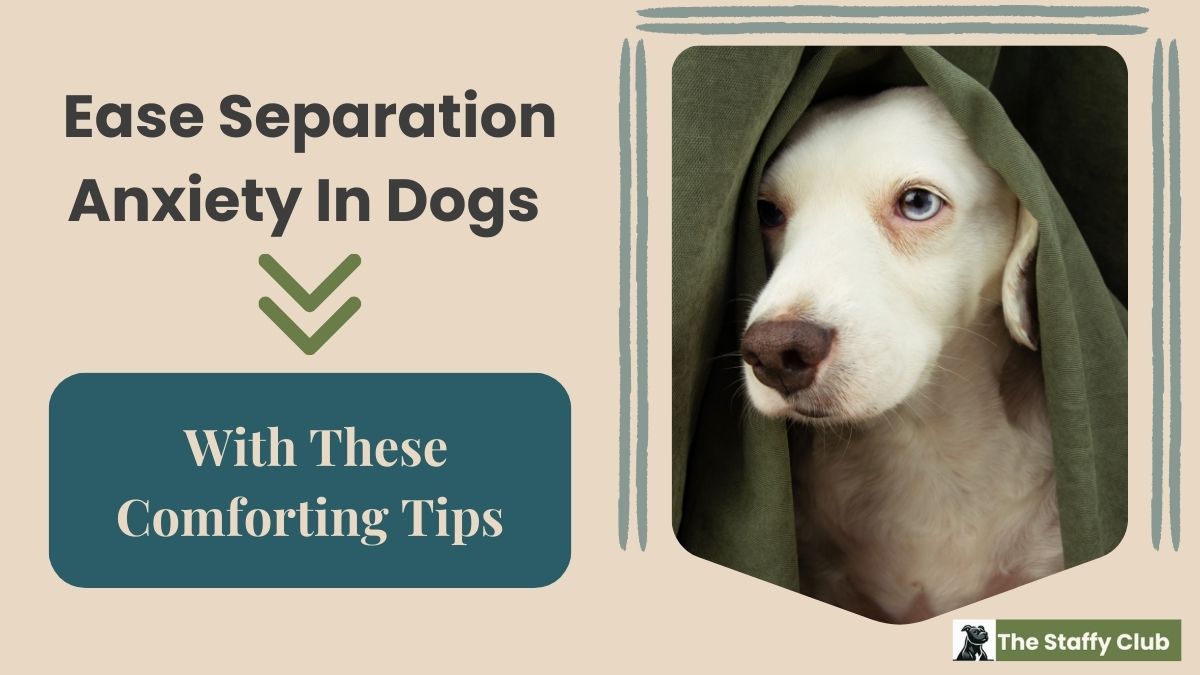
Separation anxiety can be tough on dogs and owners. Learn how to spot the signs and use simple strategies to help your dog feel calm and secure when alone.
Separation Anxiety in Dogs
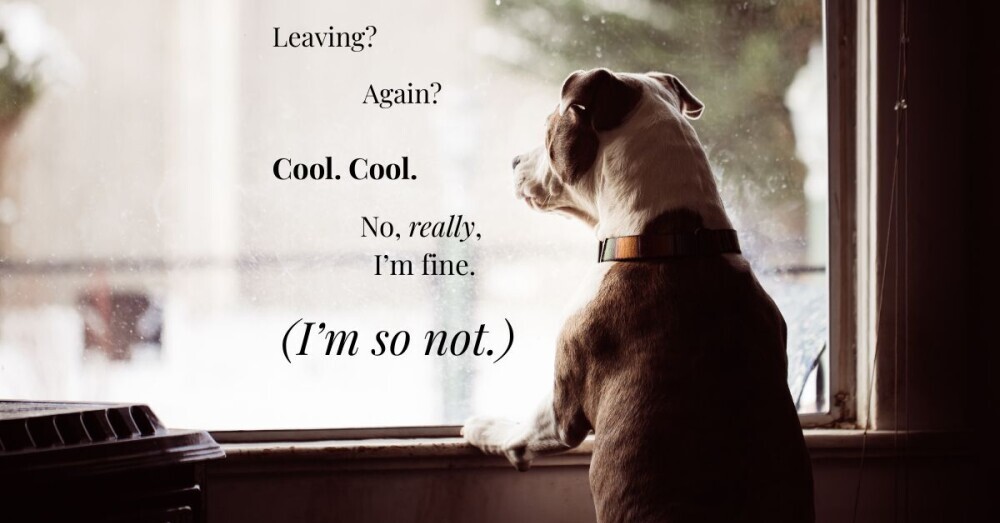
Separation anxiety is tough on dogs and their owners. Some dogs form deep bonds and struggle when left alone. This is common in affectionate, high-energy breeds like Staffies.
I saw this firsthand with our two. They grew up together and were rarely apart. To keep it short: someone bought our dog’s brother, and as pups, they spent most of their days together. When that family moved farther away, separating them at around six months, one became miserable—whining, pacing, and losing interest in play.
We chose to keep them together, but it made me wonder: What if that weren’t an option?
Side note: Given their age at the time, this may have been littermate syndrome (codependency), but we never experienced the violent outbursts trainers warn about. Many professionals insist, “You can’t raise two siblings together!” but that’s a discussion for another day.
Recognising the Signs of Separation Anxiety
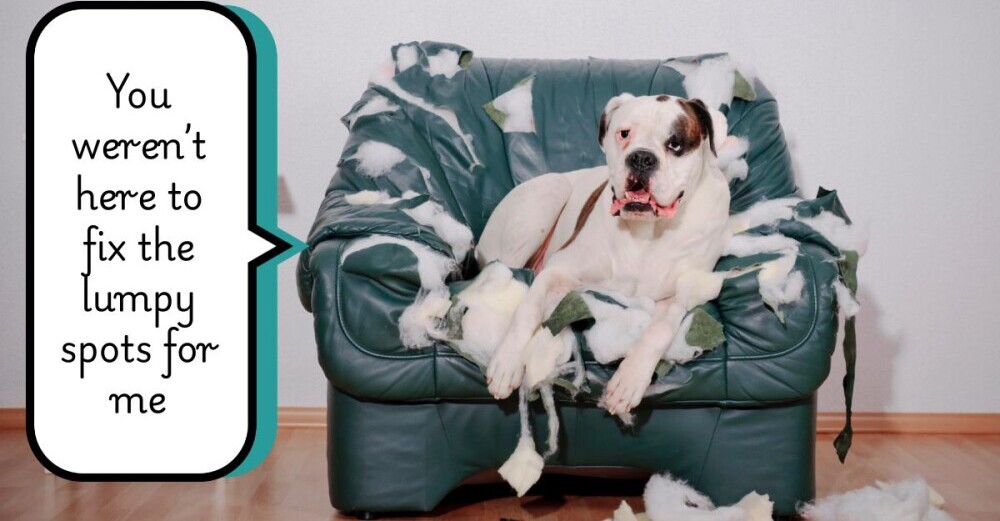 Signs include:
Signs include:
- Whining, shaking, or excessive barking
- Destructive chewing or digging
- Loss of appetite
- Pacing or attempting to escape.
Not all distress is separation anxiety. A little whining when you leave is normal. But full-blown panic—like a broken tooth from chewing or damaged nails from digging solid surfaces—is a serious issue.
This kind of anxiety affects owners too, making daily routines stressful and unpredictable.
Getting to the Root Cause of Canine Separation Anxiety
Some dogs struggle with separation more than others. Here’s why:
- Strong bonds: Some dogs get so attached they can’t handle being alone.
- Past trauma: Rescue dogs or those who’ve lost a companion may suffer more.
- Age matters: Puppies naturally struggle with independence. Senior dogs can develop anxiety due to cognitive decline or losing a longtime friend.
Regardless of the cause, there are multiple ways to tackle the issue, reassure the dog, and build their confidence.
Strategies for Managing Separation Anxiety
1. Gradual Independence Training
 Image courtesy: Greg Scheidemann via Better Homes & Gardens
Image courtesy: Greg Scheidemann via Better Homes & Gardens
- Leave for short periods, gradually increasing time away.
- Create a safe space (crate or comfy room) to help them feel secure.
- For nervous dogs, consider better designed dog crates for anxiety.
- Reward calm behaviour with treats and praise.
When we crate-trained our dogs, we started by covering the crate while staying nearby. They could still hear familiar voices and background sounds. We played relaxing dog soundtracks on YouTube through the TV. Eventually, we switched to a Bluetooth speaker near their crate.
2. Engaging Distractions
- Use puzzle toys, treat dispensers or long-lasting chews.
- Play calming music or white noise.
- Leave behind a blanket or clothing with your scent.
When you’re around to supervise, a crate can be a safe, comfortable space.
See: What to put in a dog crate.
If something specific is making them anxious, shift the focus to identifying the cause and desensitising them. We had to do this with fireworks, playing firework sounds regularly in the lead-up to fireworks night and New Year’s Eve.
For months, when our two were pups, the blanket both found comforting was the one from the breeder. We placed it over two old pillows of ours, and at one point, we even left an old jumper in the crate.
3. Exercise & Mental Stimulation
- A tired dog is less anxious—ensure plenty of physical activity. On rainy days, an exercise for dogs indoors could be as simple as throwing a ball up the stairs for them to chase.
- Engage their mind with training exercises, scent games, or hide-and-seek.
Mental stimulation helps anxious dogs by providing a constructive outlet for their energy, diverting focus from stressors. Activities like puzzle toys and interactive games promote relaxation and reduce behaviours like excessive barking or destructive chewing.
4. Social Support & Routine Adjustments
- Consider a second pet if it fits your lifestyle.
- Try doggy daycare or a trusted sitter for long work hours. Even if it’s a familiar face to check in on them for a half hour to an hour.
- Keep routines consistent to reduce stress.
5. Calming Aids & Professional Help
Use natural calming aids like Adaptil diffusers, thunder shirts, or calming wraps. A 2014 study found these to be over 80% effective, with no downsides—except in hot weather.
If anxiety is severe, consult a vet or behaviourist.
Many sources recommend seeing a vet, so I looked into what medical issues could cause anxiety. Dr. Lori Teller, an associate professor at Texas A&M College of Veterinary Medicine, states that “medical conditions should be ruled out when diagnosing canine anxiety”.
Upon further research to see which conditions had the potential to be underlying causes of dog anxiety, these are some:
- Cognitive dysfunction syndrome (CDS): Similar to early-stage Alzheimer’s in humans, affecting older dogs.
- Thyroid disease: Hormone imbalances can trigger behavioural changes.
- Adrenal disease: Disorders affecting the adrenal glands may cause anxiety.
- Neurological conditions: Brain diseases can alter behaviour. Years ago, two of our Staffies were being aggressive to the extent it was dangerous. The younger boy had a neurological condition. He was only 3 when we lost him.
- Pain or illness: Conditions like arthritis can increase anxiety.
- Sensory decline: Vision or hearing loss can make dogs more anxious.
- Hormonal imbalances: These can affect behaviour and anxiety levels.
Considering these, if your efforts are not reducing your dog’s anxiety, I’d ask the vet at the next check-up for advice.
Helping a Dog Cope After Losing a Bonded Companion
 When a dog’s lifetime companion is lost, it’s a sudden change to their life and there’s nothing you can do to make things normal for them again. All you can do is comfort them.
When a dog’s lifetime companion is lost, it’s a sudden change to their life and there’s nothing you can do to make things normal for them again. All you can do is comfort them.
- Watch for grief signs: appetite loss, clinginess, behaviour changes.
- Keep routines steady for comfort and stability.
- Offer extra petting/assurance but also encourage gradual independence.
- If considering another pet, assess timing and compatibility carefully.
When we lost our older dog, the other two were more clingy for a while. We didn’t ignore it. They got extra petting for comfort, and playtime for distraction, and we kept things as normal as possible, even leaving their beds in the same spot.
Years ago, when we had a father-son duo, the older dog was noticeably affected when the young boy passed. We kept his routine consistent—he still slept in his own bed rather than ours. Although, if I remember right, we did move his bed into our room for a short while.
Even now, our current two don’t sleep in the bedroom, but they have a bed upstairs so they can be near us without being in bed with us.
Long-Term Solutions & Preventing Anxiety in Dogs
- Build confidence by fostering independence early.
- Prevent separation anxiety in puppies with training, like occasional solo walks.
- Create a structured environment so dogs feel secure even when alone.
Wrapping things up:
Separation anxiety is challenging but manageable. Recognising signs, understanding causes, and using effective strategies can make a difference. Patience, consistency, and compassion are key.
If you’ve dealt with this issue, share your experiences or ask questions in the comments.


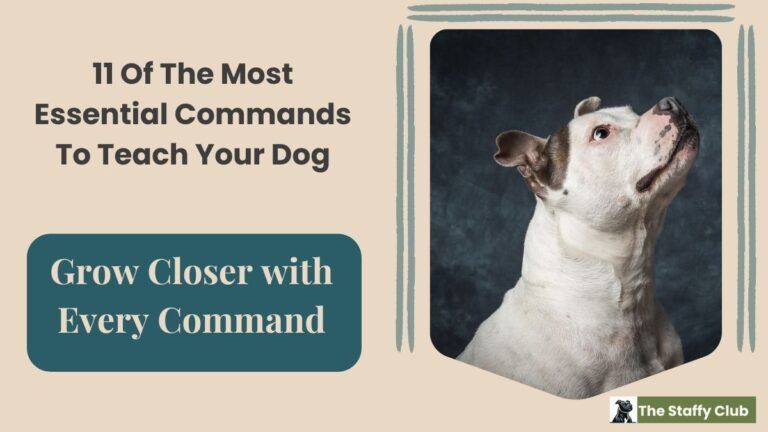
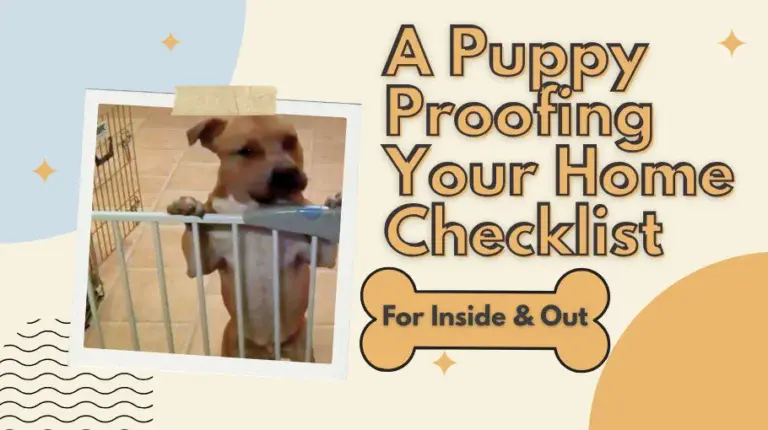



Separation anxiety in dogs can be tough, both for the pet and the owner. It’s heartbreaking to see a dog struggle when left alone, but it’s great that there are ways to ease their stress.
Creating a routine, using calming toys, and gradually increasing alone time can make a big difference.
Have you found any particular methods that work best for helping a dog feel more secure? Also, do you think some breeds are naturally more prone to separation anxiety than others?
Thanks, Marlinda. I swear by the cover over the crate to get them used to being alone. When we took the chance of leaving them out of the crate, home alone, they knew by then where the toy box was with their ‘safe’ toys to gnaw on – Something to do when they got bored.
I’d say the breed does play a factor. It seems to be more prone in working breeds because by their nature, they’re used to doing stuff. When they’re left alone with little to do, they tend to struggle. The Kennel Club classify dog breeds into 7 groups: Pastoral, gundog, hound, utility, terrier, working and toy dogs. Of those, only the toy dog group are specifically bred to be companions and that’s the group most likely to struggle with being left alone. Fascinating. Glad you asked.